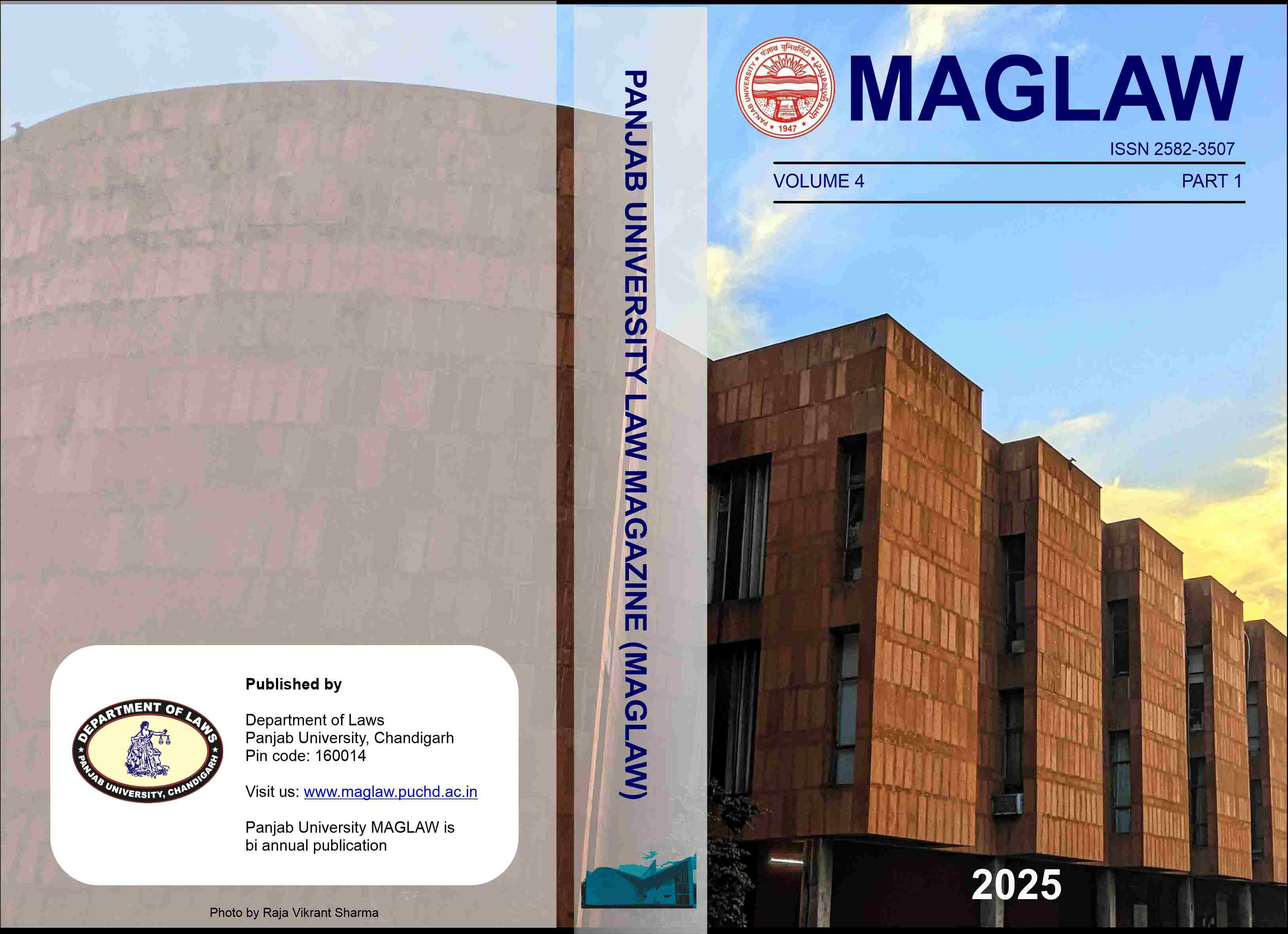AI IN EMBRYO SELECTION IN INDIA: BALANCING PRIVACY AND PRODUCTIVITY
Abstract
Embryo selection in in-vitro fertilization (IVF) involves assessing the characteristics of fertilized embryos to identify the most viable ones for transfer (in the human body) or cryopreservation which means freezing for further research. Recently, artificial intelligence (AI) has been increasingly integrated into this process to enhance accuracy and automate decision-making. However, the application of AI in embryo selection raises significant ethical and legal concerns, particularly regarding the potential misuse of sensitive genetic information. This research paper examines the risks associated with AI-driven embryo selection, focusing on the threat it poses to the privacy of the genetic information individuals undergoing IVF. The study highlights the essential features required by the legal mechanisms which are to be specifically designed in order to regulate AI systems and studies the newer legal mechanisms in the United States, European Union and India including the General Data protection Regulation, Digital Data protection Act etc. which have been passed with the aim of safeguarding of individual privacy. It further analyses the relevant parts of these laws while also focusing on the loopholes to identify the key elements required in order for these laws to be successful in India in achieving their aims. By emphasizing on the Indian perspective to this issue, this research highlights the importance of addressing these statutory and regulatory challenges in to prevent misuse and protect the confidentiality of patients undergoing AI driven IVF in India. The findings emphasize the critical role of regulations in mitigating risks while fostering innovation in reproductive technologies.


